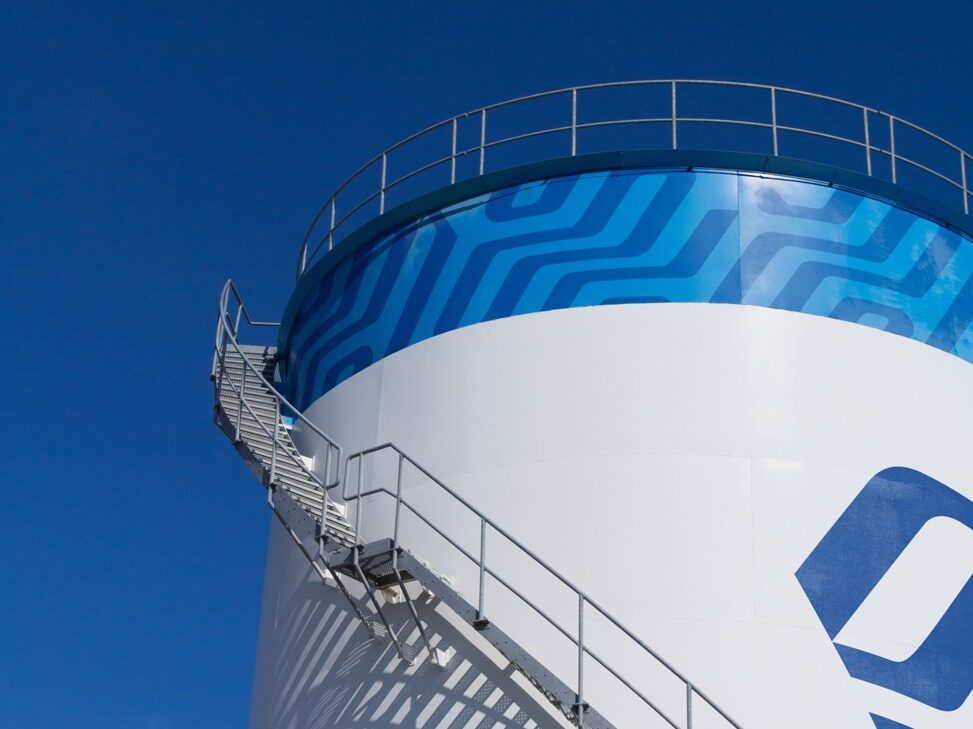- Huge investment in grid interconnection should be made to make the most of electricity, says UAE energy minister
- Saudi Arabia, the largest economy in the Arab world, aims to achieve net-zero emissions by 2060 and is developing a number of new renewable energy projects

The electricity and water minister of Bahrain, the smallest oil producer in the Arabian Gulf, said it aims to double its renewable energy target to reach 20 percent of the total energy mix by 2035. We aim to achieve net zero emissions by 2060, reduce greenhouse gas emissions by 30% by 2035, double our renewable energy target, achieve a 20% energy mix by 2035, and double the area of forests in Bahrain some.

Bahrain is one of the GCC countries seeking to boost renewable energy production to reduce emissions and achieve net-zero emissions in the coming decades. The UAE plans to invest $163.5 billion in clean and renewable energy projects over the next three decades, aiming to achieve net-zero emissions by 2050. The country is building the world's largest solar power plant with a capacity of 2 GW in the Al Dhafra area of Abu Dhabi, and the Mohammed bin Rashid Solar Park in Dubai with a capacity of 5 GW.
Mr Humaidan said Bahrain was making progress in several areas with the goal of achieving net zero emissions by 2060. We have engaged with several large industrial emitters and we have implemented a continuous emission monitoring system where we can monitor their emissions remotely, continuously and in real time, he said. This also enables us to immediately detect any violations and take corrective action.

Mr Humaidan highlighted the collaboration between the private and public sectors to achieve the net zero goal and said both sides need to work together to scale up. Suhail Al Mazrouei, UAE Minister of Energy and Infrastructure, said that as the Gulf countries step up investment in increasing renewable energy capacity, huge investments should be made in grid interconnection to make the most of electricity.
Within the Middle East and the Arab world there is an unutilized and interconnected spare capacity and hopefully one day going from North to Central Asia will allow us to become more efficient and allow us to do more projects because some Countries can use wind power, other countries can use solar power, and other countries can use hydropower, he said during a panel discussion at the event. There is no transition without interconnection with neighboring countries, without working together as a cluster, national clusters and interconnected clusters as a continent.
Catherine Huff, assistant secretary for the U.S. Department of Energy's Office of Nuclear Energy, said nuclear energy is critical to America's infrastructure and will be an important part of the climate transition in the world's largest economy. Nuclear power accounts for about 20 percent of our electricity and about half of our clean energy, Ms. Huff said of America. To achieve the transition we need to achieve net-zero emissions by 2050, we must replace unabated decommissioned and decommissioned coal plants, which may require building an additional 100 GW or 200 new GW of nuclear power in the United States.Editor/XingWentao
Comment
 Praise
Praise
 Collect
Collect
 Comment
Comment
 Search
Search














Write something~